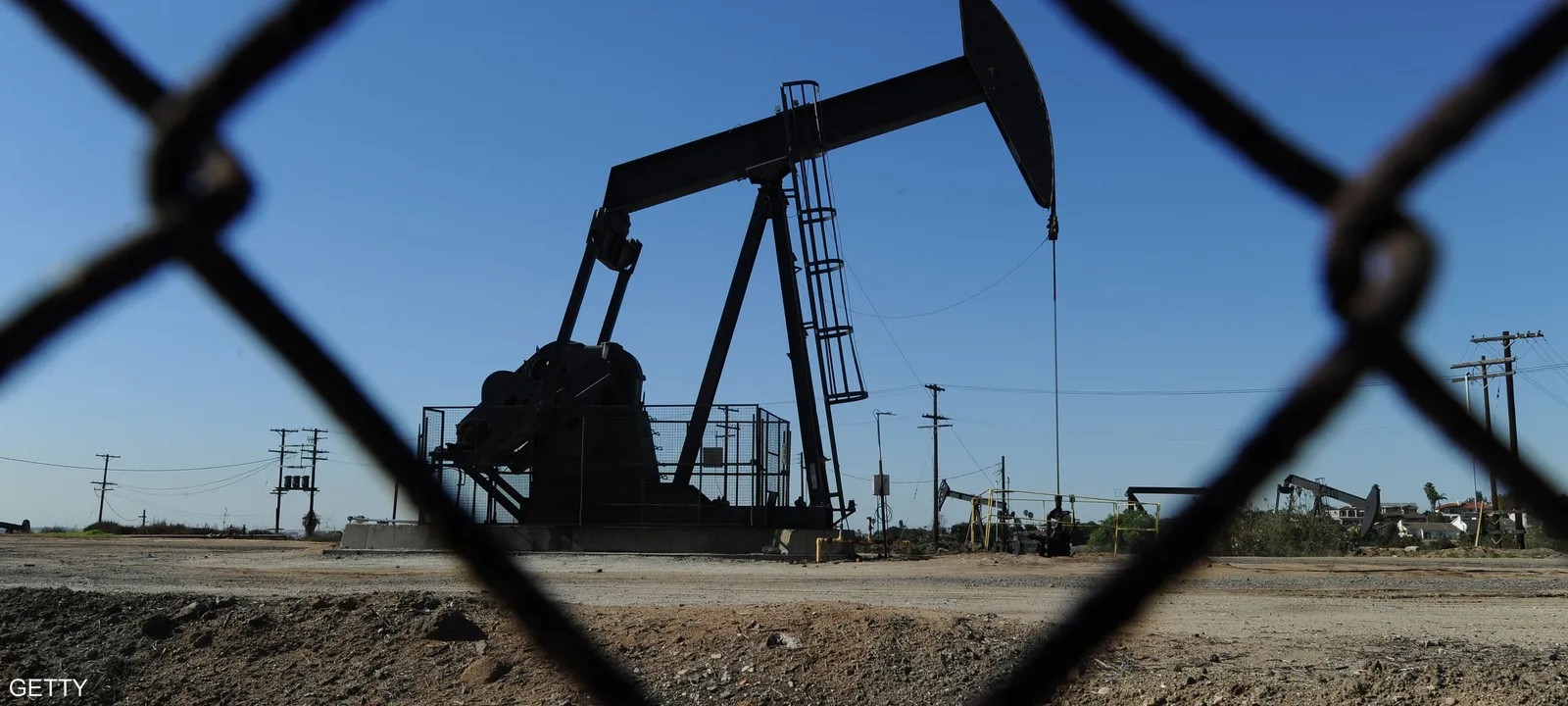Brent crude prices are approaching fair value of around $85 a barrel, while any escalation of the conflict in the Middle East could push the price above $100, according to recent estimates from Bloomberg Intelligence, which previously estimated an average price of $80 this year.
This is the latest increase, as several investment banks have raised their price forecasts for this year, most notably Goldman Sachs, which estimates a peak price of $87 a barrel in the summer, $2 more than its previous estimate.
Oil prices have been trading in a tight range near $80 a barrel since the start of 2024, as swelling supplies from the United States and other producers offset OPEC+ cuts, amid concerns that conflict in the Middle East could disrupt crude shipments.
Earlier this year, Fitch raised its forecast for Brent crude to $80 per barrel from $75 in its previous forecast, compared to an expected average of $82 in 2023.
Tensions in the Middle East and a rising geopolitical risk premium, as Houthi militants continue to attack ships in the Red Sea, may be slowly starting to weigh on oil prices after the effects of weak economic prospects and a bleak demand picture over the past few months outweighed those of the past few months, Bloomberg Intelligence said.
She explained that hawkish signals from the Federal Reserve, weaker demand indicators in all major regions and deteriorating sentiment were among the factors that pressured the price, despite limited OPEC supplies amid continued production cuts.
The near-term outlook is unclear.
Bloomberg Intelligence noted that its fair value oil price forecasts are based on a range of variables including, but not limited to, geopolitical risks, inflation expectations, refining margins, inventories and sentiment. Concerns about recession and slowing demand in the world’s largest oil consumers have dominated sentiment, despite the risk of further disruption to Russian flows following EU sanctions. The near-term outlook remains unclear, though a gradual recovery in Asian consumption could boost demand and support oil prices.
Any reduction in spare capacity—once OPEC+ starts to ease production cuts—is likely to eventually send oil prices soaring in panic. OPEC+ spare capacity (including Iran) stood at about 6.4 million barrels a day in January, according to Bloomberg data. The spare capacity is concentrated in Saudi Arabia and the United Arab Emirates, with several other OPEC+ members seeking to boost output when necessary. Saudi output remains at about 9 million barrels a day.
The oil alliance is expected to extend the production cuts through the second quarter of 2024, after which they will be gradually and partially removed from the third quarter. This view is in line with Bloomberg’s expectations in an attempt to avoid a surplus and support prices.




































